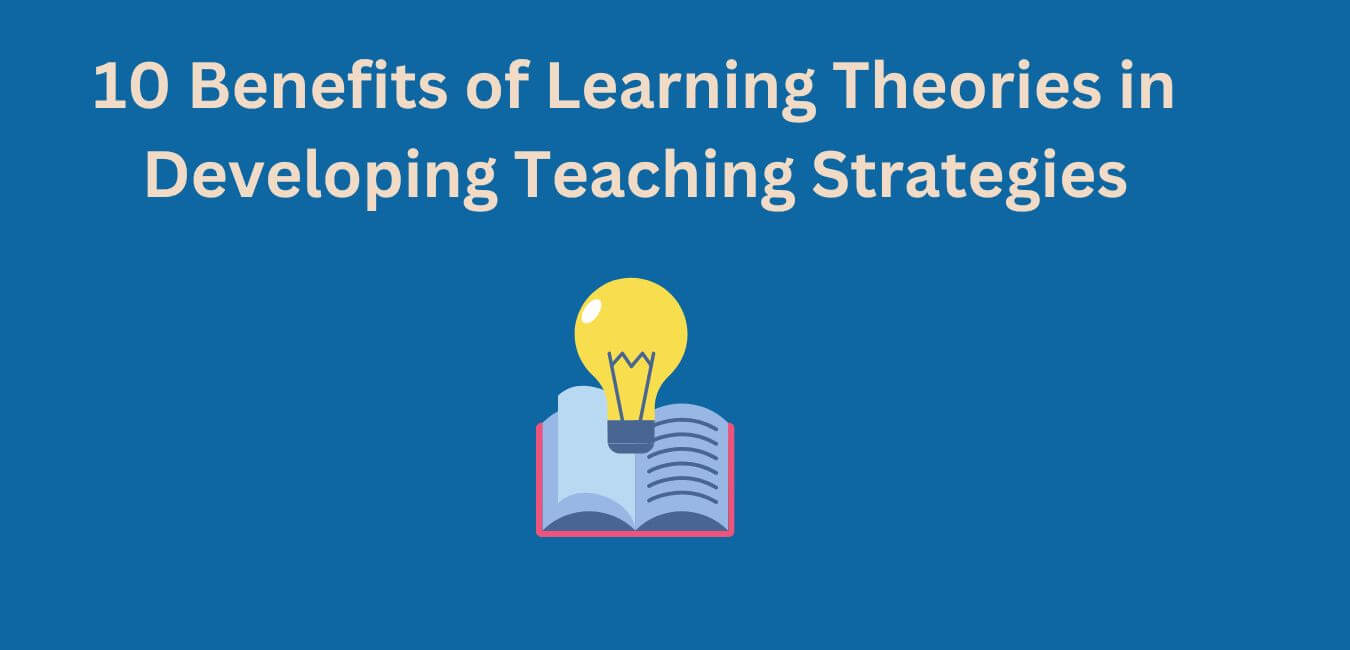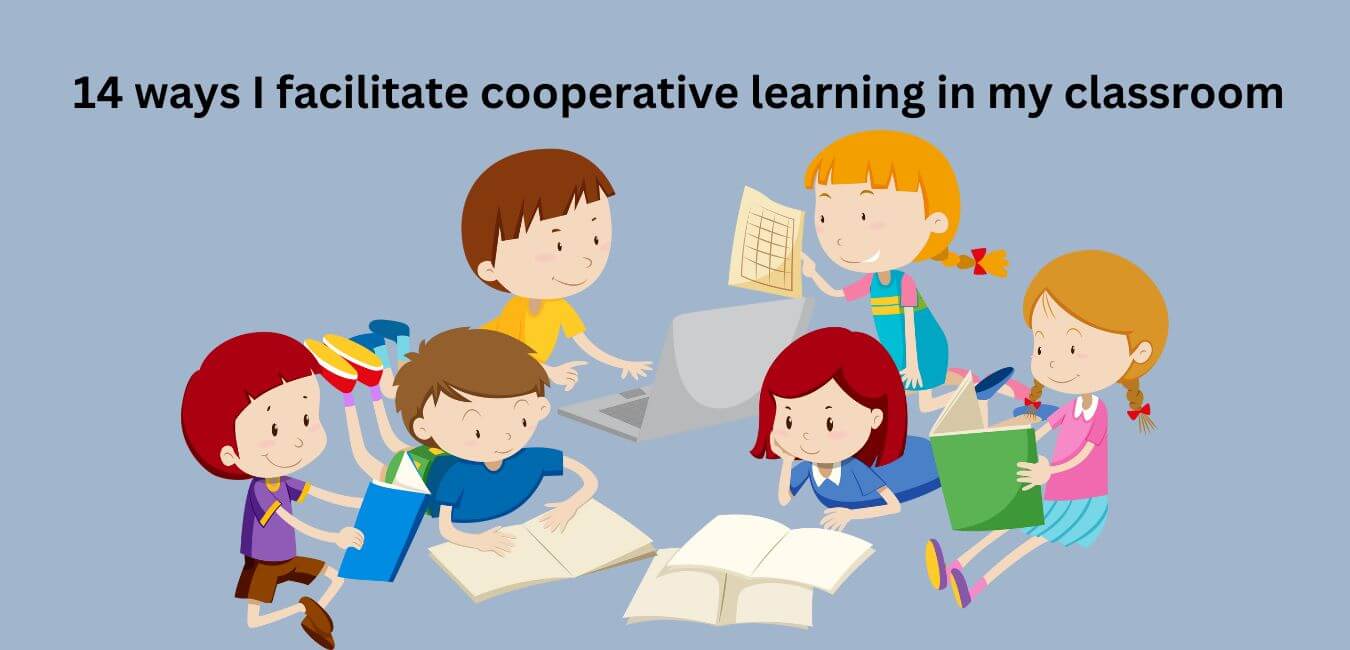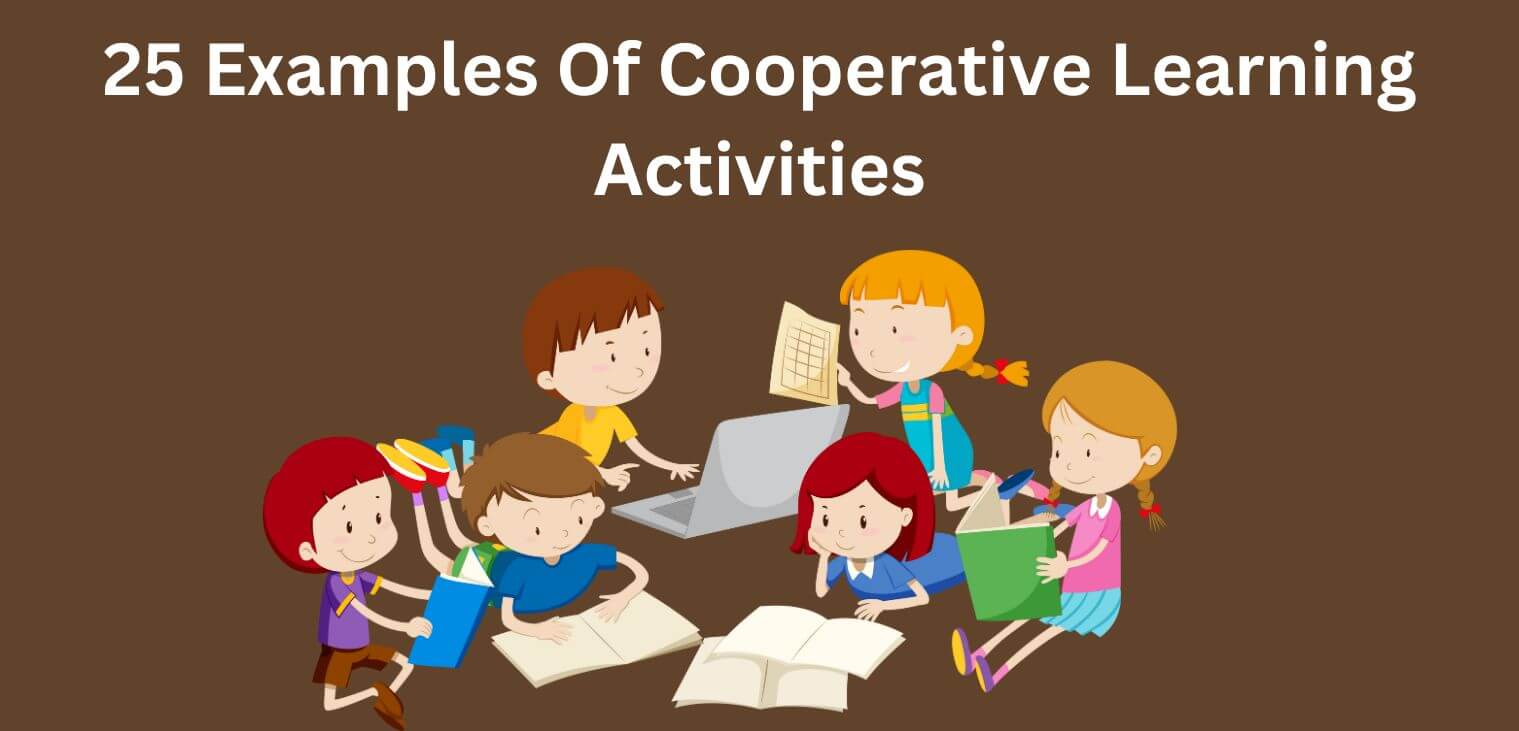A student’s cultural background significantly shapes their learning experience. Each learner brings unique perspectives and stories to the classroom, making it crucial to recognize these cultural influences for effective education.
Understanding how diverse backgrounds affect interactions and learning outcomes can lead to actionable strategies that enhance student engagement and foster inclusivity.
For instance, incorporating culturally relevant materials and promoting collaborative learning can create a welcoming environment that values every student’s contributions.
This approach not only enriches the educational experience but also empowers students to thrive academically and socially.
Defining Cultural Lens
Cultural lens refers to the unique perspective shaped by our backgrounds, beliefs, and experiences. This viewpoint significantly influences our understanding of cultural identity and educational equity. Reflecting on your personal experiences can reveal how they’ve molded your perspectives within classrooms and community environments. Each individual carries distinct narratives that impact their interactions with others.
Defining a cultural lens involves acknowledging that your perspective is just one among many. It includes the values, practices, and norms that guide your engagement with education.
For instance, someone from a culture that values collective learning may focus on collaboration rather than competition in academic settings. Recognizing these differences is crucial for creating an inclusive atmosphere where every voice is valued, ultimately promoting educational equity.
Importance of Cultural Awareness
Cultural awareness plays a crucial role in creating an educational atmosphere where every student feels acknowledged and respected. Embracing cultural sensitivity leads to an environment where diverse backgrounds are recognized, enhancing the overall learning experience. It fosters connections among students, nurturing a sense of community and belonging.
Recognizing and valuing various global perspectives equips educators and students alike with the ability to engage with a broader spectrum of ideas and experiences. This approach enriches classroom discussions, encouraging individuals to share their distinct viewpoints. Actively listening to and learning from peers demonstrates the importance of empathy and respect in interactions.
Furthermore, cultural awareness is vital in dismantling stereotypes and biases. Challenging preconceived notions and welcoming differences contributes to a more inclusive educational environment, allowing everyone to flourish.
This practice opens avenues for students to understand the world through different lenses, ultimately preparing them for a society that’s more interconnected than ever.
Impact on Curriculum Development
The importance of understanding diverse perspectives in education goes beyond creating a welcoming classroom; it plays a critical role in shaping the curriculum. Culturally representative curricula ensure that every student can see themselves in what they’re learning, which fosters a strong sense of belonging. This connection to the material enhances engagement and deepens understanding.
Including various cultural narratives and histories enriches the educational experience for all students. Integrating diverse voices not only broadens knowledge but also affirms students’ identities and experiences. This approach cultivates an environment where every student feels valued and respected.
When developing your curriculum, it’s essential to assess whether all cultures are represented fairly and to provide platforms for students to share their unique experiences. Prioritizing these aspects contributes to a more vibrant and inclusive educational setting.
The benefits of culturally responsive curriculum development extend beyond improved academic outcomes. They promote empathy, understanding, and respect among students, equipping them to navigate an increasingly diverse world.
A commitment to inclusivity can transform education into a space where every individual feels a sense of belonging.
Strategies for Inclusive Teaching
Creating an inclusive classroom environment is crucial for fostering student engagement and success. Implementing effective strategies can significantly enhance the learning experience for all students. Culturally responsive pedagogy is one such strategy, as it recognizes and values the diverse backgrounds of students. This approach helps connect lessons to their individual experiences, promoting a sense of belonging and relevance in their education.
Ensuring equitable assessments is another key aspect. Offering various methods for students to demonstrate their understanding caters to different learning styles. Projects, presentations, or written assignments are examples of how students can showcase their knowledge, allowing each individual to excel in their preferred format.
Fostering collaboration and open dialogue among students is essential. Creating a safe space for sharing cultures and perspectives enhances mutual respect and understanding, enriching the classroom community.
Differentiating instruction is also vital. Tailoring teaching strategies to meet diverse needs ensures that all students have access to the curriculum. Utilizing visual aids, technology, or hands-on activities can effectively engage all learners, accommodating various learning preferences and strengths.
Case Studies in Diverse Classrooms
Examining case studies in diverse classrooms highlights how various strategies can enhance student engagement and learning outcomes. Emphasizing multicultural education allows teachers to recognize and celebrate the unique cultural identities of their students. Effective teaching practices take into account classroom dynamics and their influence on learning experiences.
Here’s a straightforward overview of successful strategies implemented in diverse classrooms:
| Strategy | Impact on Learning |
|---|---|
| Collaborative Learning | Strengthens peer relationships and boosts engagement |
| Culturally Relevant Curriculum | Creates a sense of belonging and relevance for students |
| Parental Involvement | Enhances community connections and support |
| Differentiated Instruction | Meets the diverse learning styles and needs of students |
Prioritizing these approaches fosters an environment where every student feels appreciated. This not only increases engagement but also enhances classroom dynamics, cultivating a supportive atmosphere for all learners. Building connections and understanding among students is vital. Acknowledge the value that diverse perspectives contribute to your classroom, and observe how your students thrive collectively.
Conclusion
Cultural perspectives in education play a crucial role in enhancing the learning environment. They bring together a variety of experiences and viewpoints that benefit all students. Recognizing and valuing diverse backgrounds cultivates a space filled with understanding and respect, transforming potential challenges into valuable opportunities for development. This approach fosters inclusivity, ensuring that every student feels acknowledged and appreciated. The integration of cultural diversity in education not only enriches individual experiences but also contributes to a more comprehensive understanding of the world. Ultimately, embracing this diversity creates a stronger, more unified educational community.









Leave a Reply